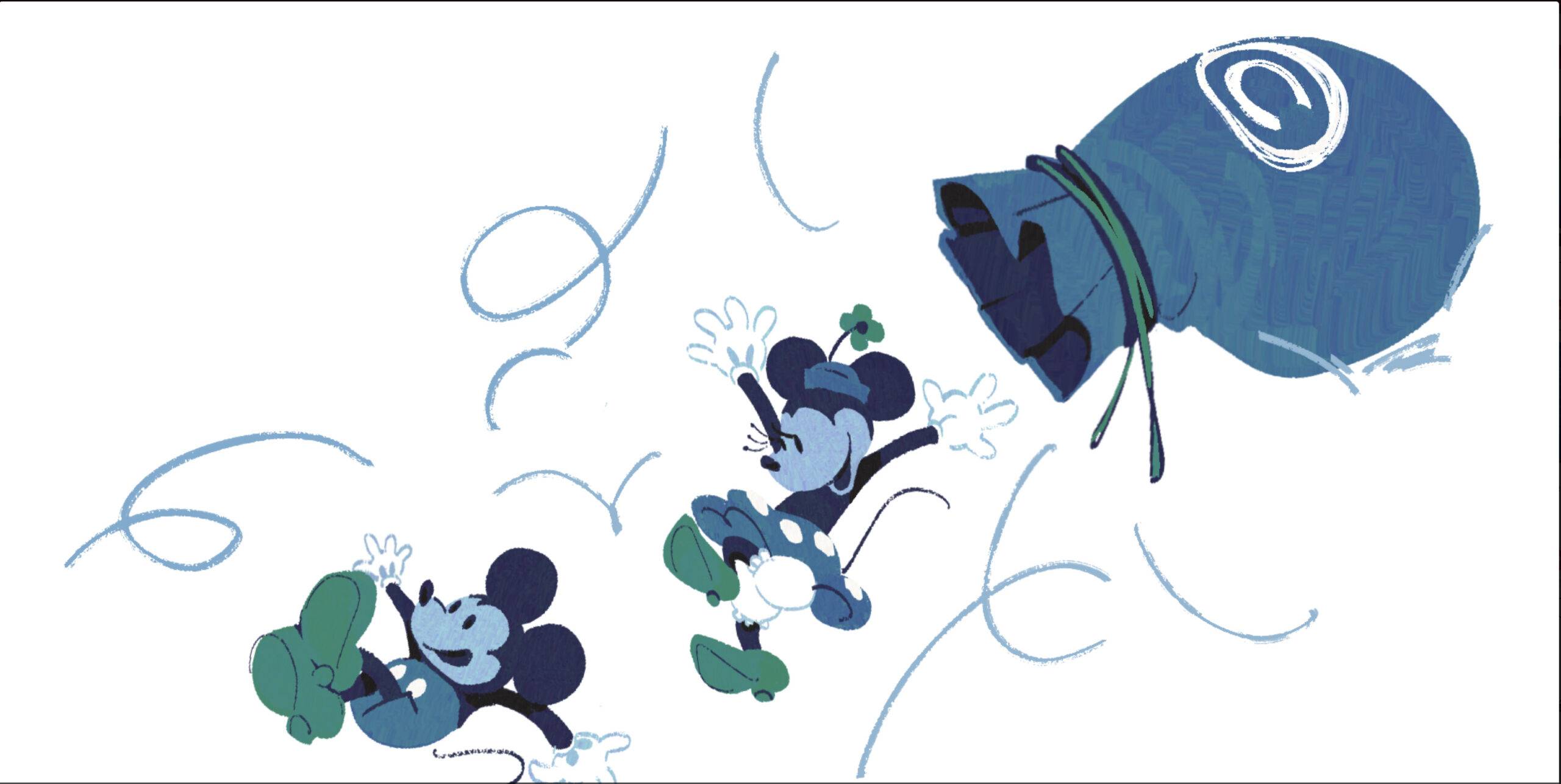
Image courtesy of The Black Experience curatorial team. From left to right: Wisdom Baty, Norman Teague, Sadie Woods, Sabrina Greig. Not pictured: Da’Niro Brown.
As the year winds down for graduating students at the School of the Art Institute of Chicago (SAIC), moments of collaboration are materializing. These moments of interconnectivity have particularly blossomed among an intergenerational group of students who have been planning the event series The Black Experience, which was planned and curated by SAIC students Sadie Woods (MFA 2016), Norman Teague (MFA 2016), Wisdom Baty in (MAAP 2017), in partnership with Da’Niro Elle Brown (BFA 2016) and myself (MAAH 2016).
When asked how this project came into fruition, Woods made it clear that The Black Experience grew out of having a close-knit network of people collectively open to engaging with the complexities of the black identity. She said, “[The Black Experience] started off as a conversation that Norman and I had, and then a conversation that Norman and Wisdom and I had, to the point that we all thought, ‘Hey, lets do something together that focuses on black graduating students to celebrate art produced by and for black subjects at school.” From an opening exhibition, to performance pieces and panel discussion, The Black Experience celebrates a plurality of artistic experiences.
Despite feelings of seclusion on campus, the interconnectedness of the black community has worked together to create a full program of events that showcase a range of artistic talent. Teague’s performance unveils the overlooked truths of America’s past with labor. He described his piece as “a performance that poetically touches upon the intersection of community and labor. We will be working with a material that’s historically familiar to us — cotton — and engaging with the finished product that cotton formulates.”
After recent acts of discrimination in March, when “white power” graffiti vandalism was found in the 162 North State Street Residences, the notion of community at SAIC has come into question. Brown commented on her experience: “I always feel like it’s an honor to be here at SAIC but, at times, it feels like you have to educate a whole population of students on how to treat you based on your own experiences with microaggressions. There are so many different elements, good and bad, that go into being here at SAIC.”
The student body at SAIC (undergraduate and graduate combined) is 3.8 percent black, with a 42 percent retention rate. “Since students of color often face issues of low percentages of black enrollment, that lack of diversity has added importance to this event,” Brown said.
Organizers of The Black Experience, all practicing artists, felt that black artists often lack the neutral and pure support that other students receive when their work is not socio-politically charged. Having to navigate the confluence of colonial narratives within African-American, Caribbean, and Latin American cultures can disrupt scholarly dialogues.
“Being of color sometimes means only getting feedback about racially based issues, and not always getting feedback on the materiality of your work that’s just as necessary or needed to push beyond that limitation. Having this intergenerational platform will hopefully allow for critical feedback that isn’t always available to students,” Woods said.
Problematizing issues of race and social justice during critiques and discussions at SAIC can lead to uncomfortable moments of vulnerability. Students of color have expressed feelings of being stereotyped as the “black” artist, or artist of color in class settings.
“When I first came here, I didn’t think I’d be doing work that was race based. It wasn’t my goal. But some syllabi and conversations throughout classes, especially as a Chicago native, have left out foundational aspects of local cultural and social movements which was triggering for me at times. It has therefore become a focal point for me,” Woods said.
Teague provided an alternate perspective when asked how he approaches his black identity in his art. “I’ve tried to stay away from it and tried to make it seem like my work was not black centered. But, being a black male makes your work black-centered and you can’t get away from that.”
“Part of planning of the event has involved complicating the black identity so we don’t fit the limiting stereotypes that are often placed on our work,” said Brown.
While moments of inclusion in the art world are more frequently occurring, from the Museum of Contemporary Art’s head curator Naomi Beckwith to Jeffreen Hayes, these isolated opportunities do not reverse the centuries of systematic and institutional exclusion that looms in the history of elite art institutions.
“The sprinkling of blackness changes a little bit of the culture, but we have to keep in mind that our art world is an institutionalized culture that will not be broken with one inclusive ‘Barack Obama moment.’ It will not be because the institution is not built off of that sustainability,” Baty said. Issues of exclusion therefore bring more questions than answers. Members of The Black Experience asked, “Will this create any change down the line?” and “How will this event live beyond this time?” and, “How will Black students be supported after this?”
Despite doubts, co-organizers of The Black Experience are staying optimistic in their fight towards an inclusive artistic culture at SAIC. As Woods put it, “This event series is meant to show that Black culture is not monolithic, its an experience that graces the lives of a range of people.”
The Black Experience: MFA Show After Party will take place on Friday, April 29, from 9 p.m. to 12 a.m. in The LeRoy Neiman Center, 37 S. Wabash Ave., first floor






















Thank you, it’s great to know our perspective is not my perspective.
I am a black student who likes to avoid the negative stereotype of our community and at the same time embrace the positivity.